
Navy blue is a color in between blue and black.

Azure is the color between cyan and blue on the spectrum of visible light. It is often described as the color of the sky on a clear day.

Lavender is a light shade of purple. It applies particularly to the color of the flower of the same name. The web color called lavender is displayed at right—it matches the color of the very palest part of the lavender flower; however, the more saturated color shown below as floral lavender more closely matches the average color of the lavender flower as shown in the picture and is the tone of lavender historically and traditionally considered lavender by the average person as opposed to those who are website designers. The color lavender might be described as a medium purple or a light pinkish-purple. The term lavender may be used in general to apply to a wide range of pale, light or grayish-purples but only on the blue side. Lilac is pale purple on the pink side. In paints, the color lavender is made by mixing purple and white paint.
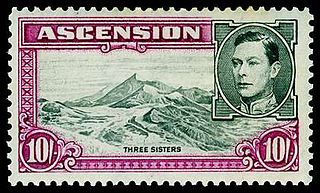
The color terms violet and purple have different meanings even among native English speakers in e.g. the United Kingdom and the United States. Therefore, the term Red-violet is contradictory by definition to most speakers in the United Kingdom and many other countries where violet by definition is limited to blue-dominated colors between blue and red. But in countries like the United States, the term Red-violet does make sense in the local color vocabulary, and then refers to a rich color of high medium saturation about 3/4 of the way between red and magenta, closer to magenta than to red. In American English this color term is sometimes used in color theory as one of the purple colors—a non-spectral color between red and violet that is a deep version of a color on the line of purples on the CIE chromaticity diagram. Both its saturation and brightness falling short of 100%, red-violet is not a pure chroma. There is a color of similar hue that, however, comes close to being a pure chroma: process magenta. The pure chroma color composed of equal parts of magenta and red is called rose.
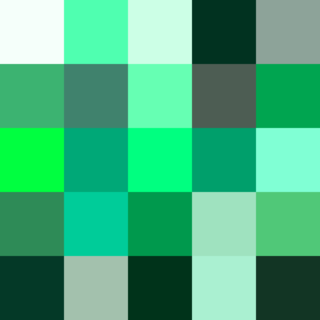
Spring green is a color that was traditionally considered to be on the yellow side of green, but in modern computer systems based on the RGB color model is halfway between cyan and green on the color wheel.

Blue-green the color that is between green and blue. It belongs to the cyan family of colors.
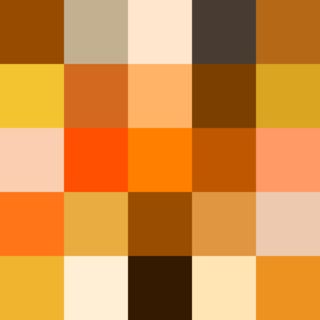
In optics, orange has a wavelength between approximately 585 and 620 nm and a hue of 30° in HSV color space. In the RGB color space it is a secondary color numerically halfway between gamma-compressed red and yellow, as can be seen in the RGB color wheel. The complementary color of orange is azure. Orange pigments are largely in the ochre or cadmium families, and absorb mostly blue light.
Spring bud is the color that used to be called spring green before the X11 web color spring green was formulated in 1987 when the X11 colors were first promulgated. This color is now called spring bud to avoid confusion with the web color.
Jungle green is a color that is a rich tone of medium spring green.

Varieties of the color green may differ in hue, chroma or lightness, or in two or three of these qualities. Variations in value are also called tints and shades, a tint being a green or other hue mixed with white, a shade being mixed with black. A large selection of these various colors is shown below.

Varieties of the color red may differ in hue, chroma or lightness, or in two or three of these qualities. Variations in value are also called tints and shades, a tint being a red or other hue mixed with white, a shade being mixed with black. A large selection of these various colors is shown below.

The color magenta has notable tints and shades. These various colors are shown below.
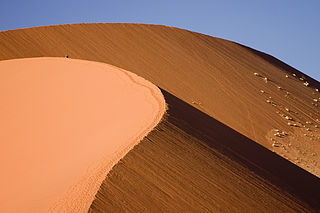
Desert sand is a very light and very weakly saturated reddish yellow colour which corresponds specifically to the coloration of sand. It may also be regarded as a deep tone of beige.

Varieties of the color blue may differ in hue, chroma, or lightness, or in two or three of these qualities. Variations in value are also called tints and shades, a tint being a blue or other hue mixed with white, a shade being mixed with black. A large selection of these colors is shown below.

The color cyan, a greenish-blue, has notable tints and shades. It is one of the subtractive primary colors along with magenta, and yellow.
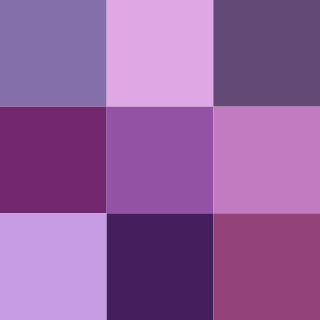
There are numerous variations of the color purple, a sampling of which are shown below.
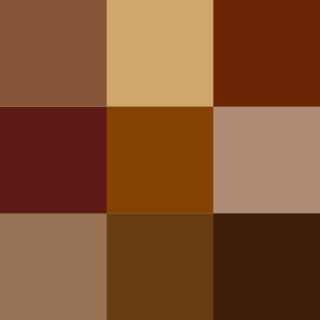
Shades of brown can be produced by combining red, yellow, and black pigments, or by a combination of orange and black—as can be seen in the color box at right. In the RGB color model used to create all the colors on computer and television screens, brown is made by combining red and green light at different intensities. Brown color names are often not very precise, and some shades, such as beige, can refer to lighter shades of yellow and red rather than darker ones. The commonality is that such colors are less saturated than colors perceived to be orange. Browns are usually described as light or dark, reddish, yellowish, or gray-brown. There are no standardized names for shades of brown; the same shade may have different names on different color lists, and sometimes the one name can refer to several very different colors. The X11 color list of web colors lists seventeen different shades of brown, but the complete list of browns is much longer.

Azure is a variation of blue that is often described as the color of the sky on a clear day.

Shades of chartreuse are listed below. Historically, many of these colors have gone under the name of either yellow or green, as the specifics of their color composition was not known until later.

Rose is the color halfway between red and magenta on the HSV color wheel, also known as the RGB color wheel, on which it is at hue angle of 330 degrees.







